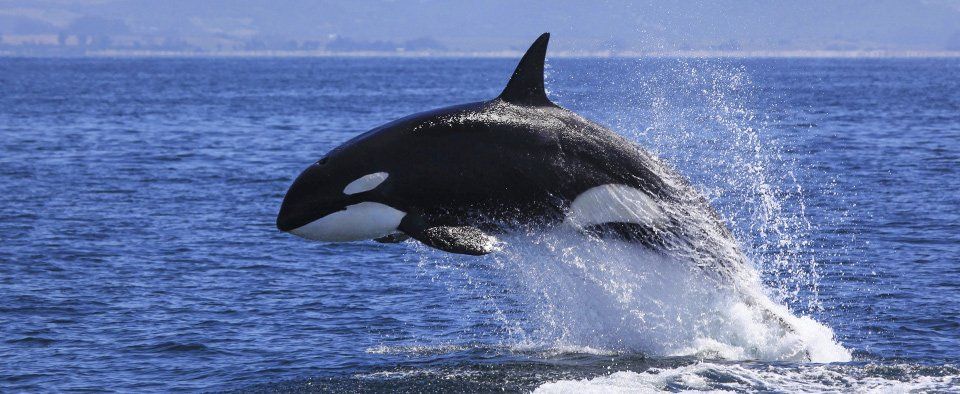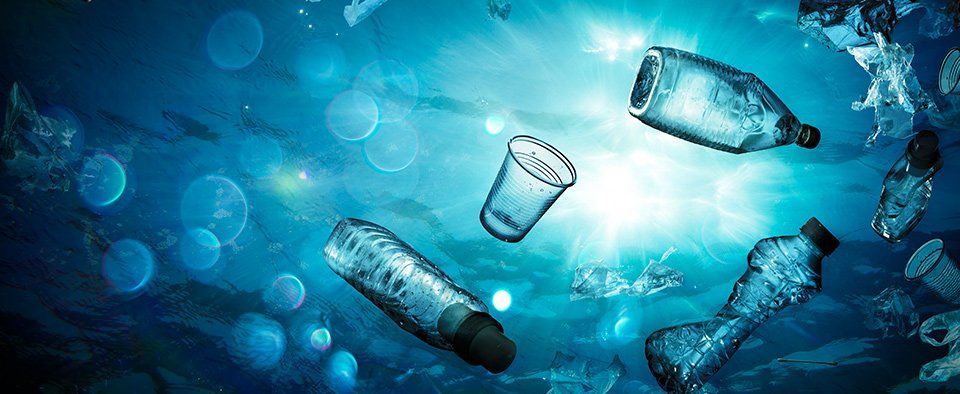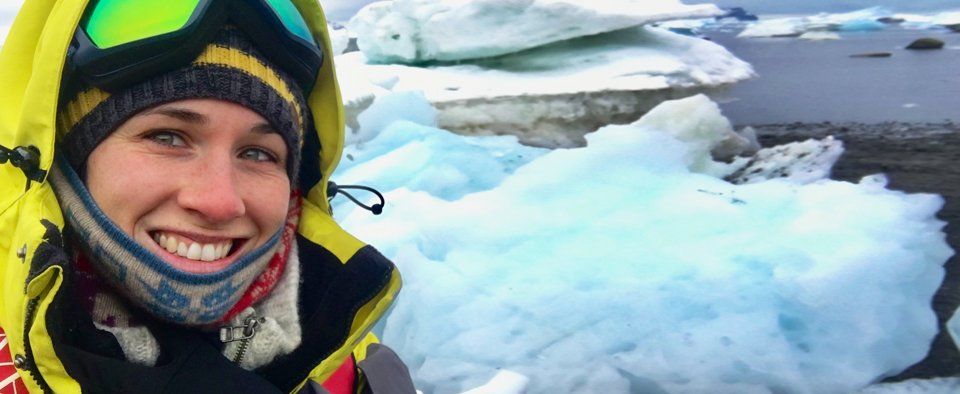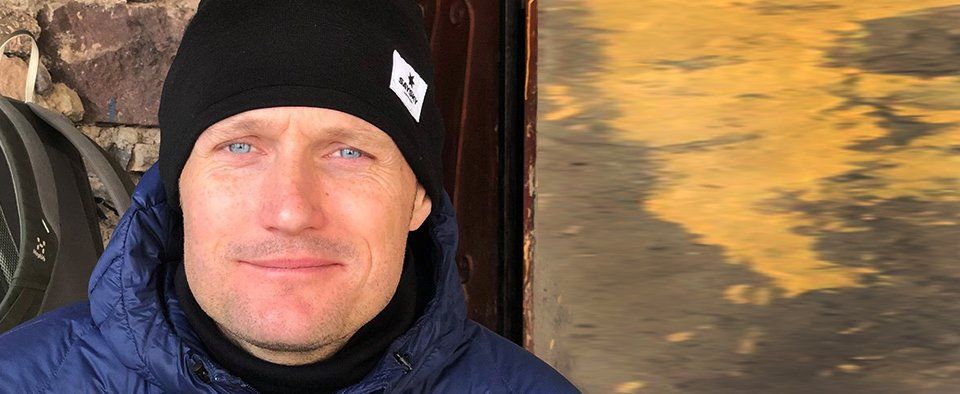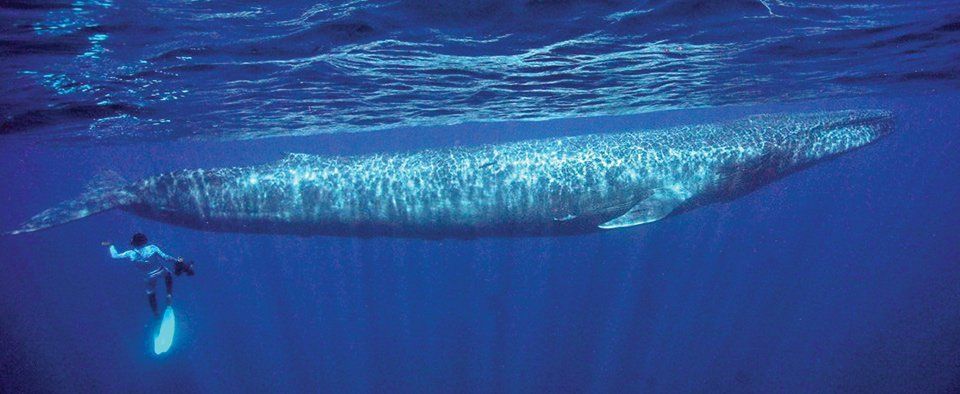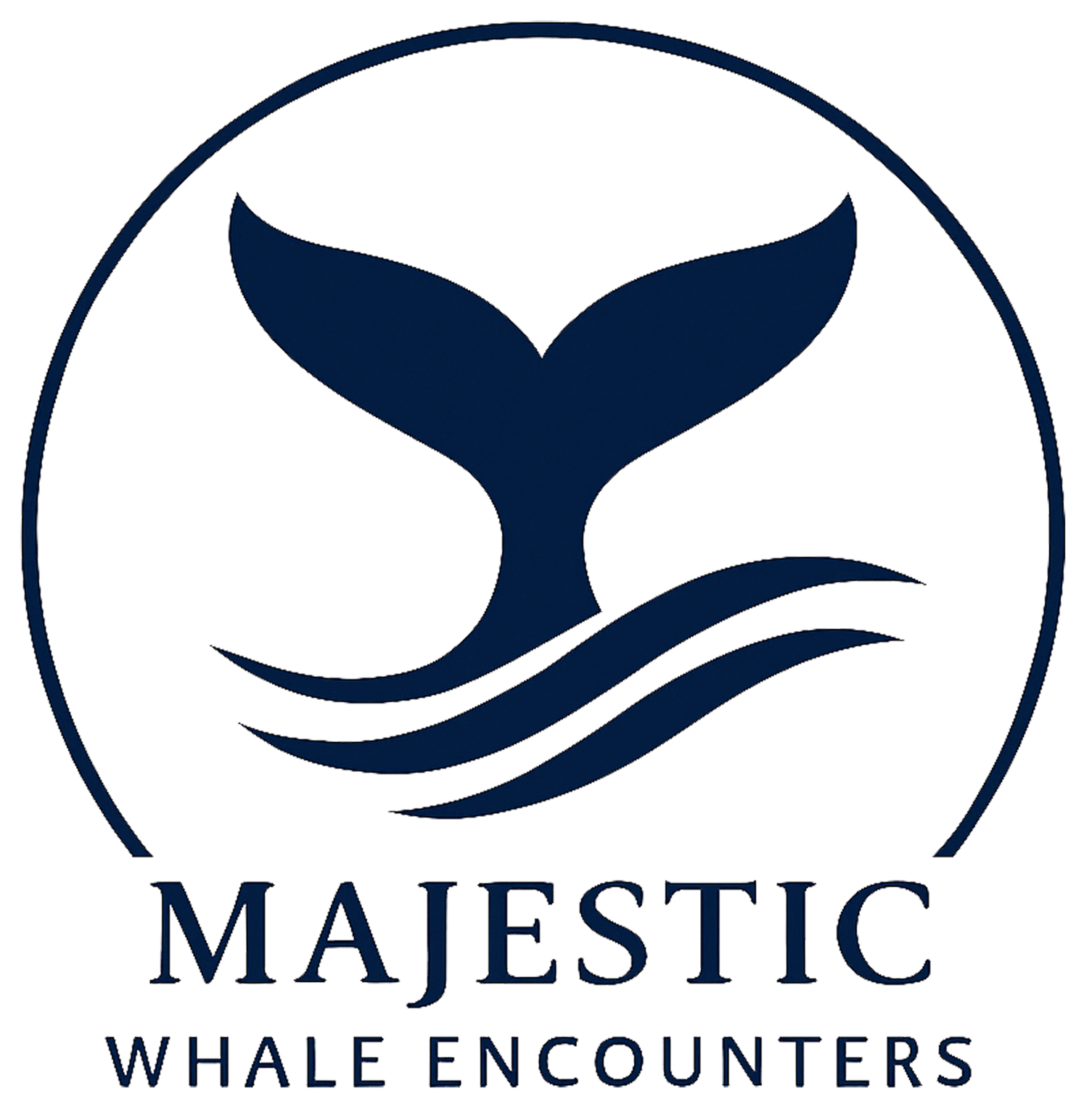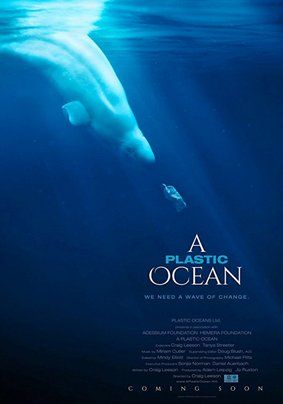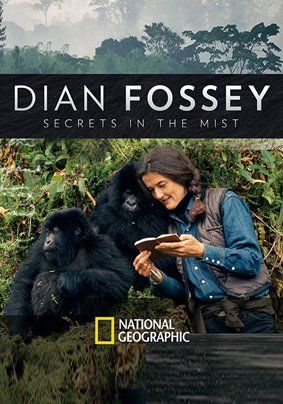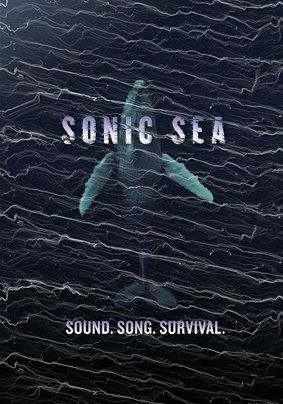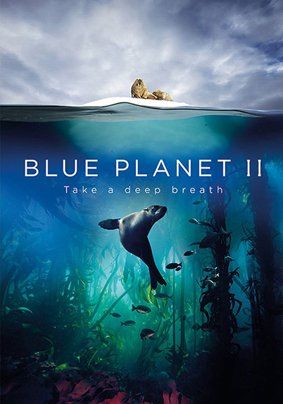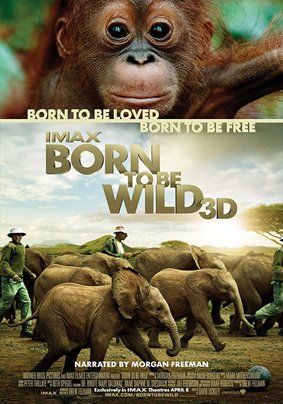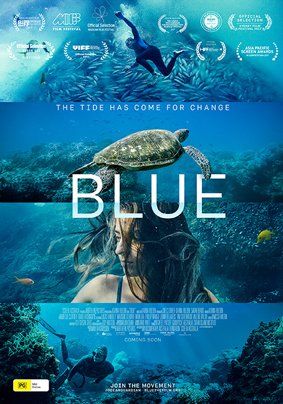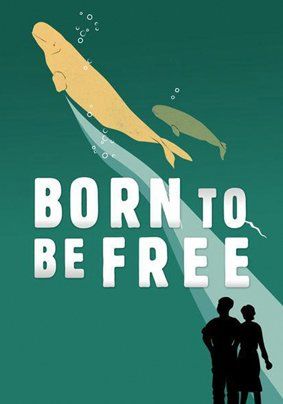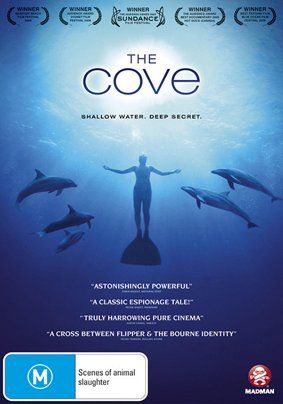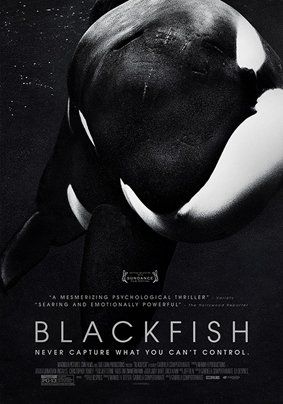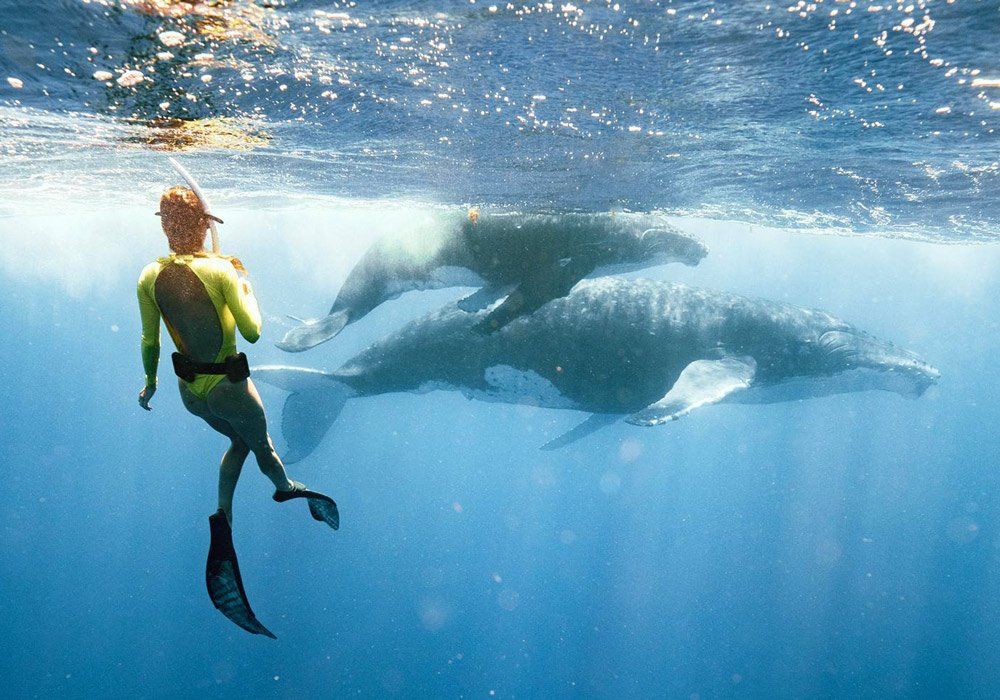The Top 10 Whale/Animal and Ocean Documentaries
I dont know about you but any chance I can get Im outside running, walking, looking for whales and enjoying nature….
BUT when it rains I love nothing more than making a steaming hot chocolate, putting on the trackie daks and plonking myself in front of Netflix for an afternoon of Whales, Big Animals and Ocean Documentaries!
It's the lazy nerd in me and I'm proud of it. I just cant cram enough into my tiny brain when it comes to learning more about subjects that I'm passionate about. I might not care about what I look like in my trackies and Uggs, no makeup, hair a birds nest curled up in my lounge room that's in desperate need of a cleaning but I DO care about the world and how we can keep it. I care about giving back to the world that gives us so much.
So here it is my top 10 nerdy Animal and Ocean documentaries for you to sit back, enjoy and hopefully gain some inspiration from...
10. A Plastic Ocean
A PLASTIC OCEAN begins when journalist Craig Leeson, searching for the elusive blue whale, discovers plastic waste in what should be pristine ocean. In this adventure documentary, Craig teams up with free diver Tanya Streeter and an international team of scientists and researchers, and they travel to twenty locations around the world over the next four years to explore the fragile state of our oceans, uncover alarming truths about plastic pollution, and reveal working solutions that can be put into immediate effect.
IMBD
9. Chasing Coral
Coral reefs are the nursery for all life in the oceans, a remarkable ecosystem that sustains us. Yet with carbon emissions warming the seas, a phenomenon called “coral bleaching”—a sign of mass coral death—has been accelerating around the world, and the public has no idea of the scale or implication of the catastrophe silently raging underwater.
[Sundance]
8. Secrets in the Mist - Dian Fossey
After Dian Fossey's favourite gorilla, Digit, is slaughtered and her health begins to fail, Sir David Attenborough travels to Rwanda to film the gorillas. The result is one of television's most treasured experiences with animals in the wild. However, due to battles with the Rwandan government, Fossey is forced to return to the United States. During this period Fossey writes "Gorillas in the Mist" and becomes a global celebrity.
IMBD
7. Sonic Sea
Sonic Sea is a 60-minute documentary about the devastating impact of industrial and military ocean noise on whales and other marine life. The film begins with a mystery: the unexplained stranding and mass mortality of several species of whales in the Bahamas in March 2000. As the mystery unfolds, the film explores the critical role of sound in the sea, and the sudden, dramatic changes human activity is inflicting on the ocean's delicate acoustic habitat -- changes that threaten the ability of whales and other marine animals to prosper, to function, and ultimately, to survive.
Sonic Sea features several charismatic scientists, including Ken Balcomb, the former Navy pilot and acoustics expert who proved to the world that naval sonar is killing whales, as well as the musician and environmental activist, Sting, whose moving interview connects the sonic world of marine life with our sonic world on land. The film offers solutions (and, by extension, hope) for a quieter ocean, and underscores that the ocean's destiny is inextricably bound with our own.
IMBD
6. Blue Planet II
Nearly a generation after the acclaimed Blue Planet documentary was released, David Attenborough returns to narrate this groundbreaking sequel/reboot. Blue Planet ll focuses more heavily on mankind's influence on the world's oceans through both global pollution and climate change.
This series features a variety of revolutionary segments never before seen in a video documentary, including: cuttlefish that hypnotise crabs to stun them, giant trevally that leap out of the water to catch low flying birds, and newly discovered dancing yeti crabs.
Jakob E. Ferguson
5. Born to be Wild
Morgan Freeman narrates this documentary about two dedicated animal preservationists. Daphne Sheldrick has created an elephant sanctuary in Kenya, while Dr. Biruté Mary Galdikas has set up an orphanage for orangutans in Borneo. In both cases, the young animals have been left alone after their parents were killed, by either poachers or similar human incursions into their natural habitats. Viewers get to see the animals nurtured with love and care before they are introduced back into the wild.
IMBD
4. Blue
BLUE is the story our generation need to hear. The industrialisation that has occurred in the oceans over the last century, mirrors the events that triggered mass extinctions on land. Industrial scale fishing, habitat destruction, species loss and pollution have placed the ocean in peril. The very nature of the sea is being irretrievably altered. BLUE is a provocative journey into the ocean realm, witnessing this critical moment in time when the marine world is on a precipice.
3. Born to Be Free
BORN TO BE FREE is a revelatory investigative film made by three intrepid, free-diving journalists Gaya, Tanya and Julia, about the global trade in wild sea mammals. Their journey takes us to the most remote corners of Russia and witnesses, for the very first time, the shocking treatment that whales, dolphins and walruses are subjected to as we discover the corruption at the heart of this cruel international business. A sad and a scandalous story of eighteen belugas - white bowhead whales - languishing in tanks in the hot Black Sea coast. A story that has brought us - free divers who always communicate and dive with free dolphins and whales in their native element, behind the scenes of many dolphinariums and helped to reveal a number of ugly secrets and hidden facts.
IMBD
2. The Cove
Richard O'Barry was the man who captured and trained the dolphins for the television show Flipper (1964). O'Barry's view of cetaceans in captivity changed from that experience when as the last straw he saw that one of the dolphins playing Flipper - her name being Kathy - basically committed suicide in his arms because of the stress of being in captivity. Since that time, he has become one of the leading advocates against cetaceans in captivity and for the preservation of cetaceans in the wild. O'Barry and filmmaker 'Louie Psihoyos (I)' go about trying to expose one of what they see as the most cruel acts against wild dolphins in the world in Taiji, Japan, where dolphins are routinely corralled, either to be sold alive to aquariums and marine parks, or slaughtered for meat. The primary secluded cove where this activity is taking place is heavily guarded. O'Barry and Psihoyos are well known as enemies by the authorities in Taiji, the authorities who will use whatever tactic to expel them.
Written by Huggo
1. Blackfish
Notorious killer whale Tilikum is responsible for the deaths of three individuals, including a top killer whale trainer. Blackfish shows the sometimes devastating consequences of keeping such intelligent and sentient creatures in captivity. . .
The February 24, 2010 death of SeaWorld Orlando orca trainer Dawn Brancheau by the facility's male orca Tilikum serves as a jumping off point in the discussion not only of putting captive orcas at such facilities on show akin to circus animals, but whether cetaceans, especially orcas, should be held in captivity at all. Trainers at facilities like SeaWorld are much like dog trainers in knowing how to train behaviour but do not have the scientific knowledge of the animals themselves. Many former SeaWorld trainers interviewed state that seeing orcas up close and personal at such facilities led them into wanting this job as their career. As more and more knowledge is gained about the general nature of orcas - virtually nothing known at the time orcas were captured for captivity to perform in such shows beginning in the 1970s - the more that the evidence points to the practice being inhumane and can potentially lead to such incidents that happened between Tilikum and Brancheau.
While this evidence points to such captivity leading to possible psychosis in the orcas, especially the males of the largely matriarchal species who are often beaten by the females, any of the trainer/orca incidents, including Brancheau's death - she the third such trainer killed by a facility orca worldwide - have been spun by the facility in question as human error in their continuation to live on their bread and butter of these orca shows and breeding orcas to keep in captivity to continue the cycle.
Huggo
I know that watching certain Documentaries can be devastating and soul destroying but my honest opinion is that we need to try not to be ignorant of whats happening before us, we need to open our eyes. Only then can we really see what needs to be done and come to protect what we love.
Love . Protect. Connect
